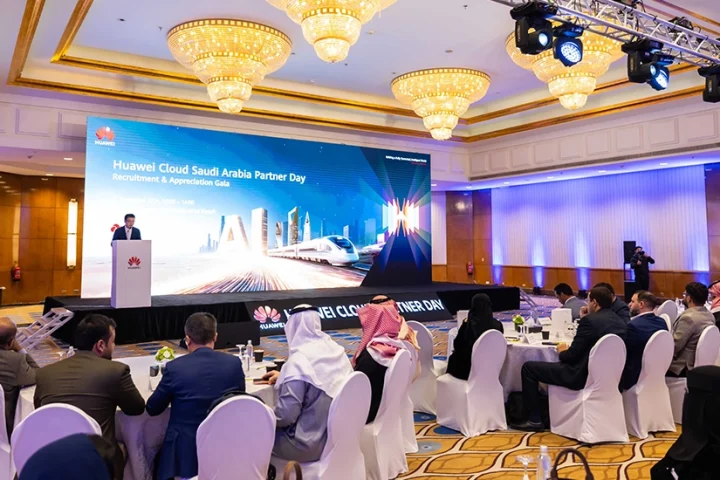Gartner research shows that attack surface expansion is the number one trend for increasing potential cyber threats. Not only that, but according to the Enterprise Strategy Group’s research report on security hygiene and posture management, nearly seven in ten (69%) organisations admit that they have experienced at least one cyber-attack that started through the exploit of an unknown, unmanaged, or poorly managed internet-facing asset. The reality is, cyberattacks aren’t going anywhere and with many businesses permanently moving to remote and hybrid working conditions threats are constantly increasing.
What is the attack surface?
A company’s attack surface is the sum of all possible security risk exposures in an organisation’s software environment. Essentially, it is all potential vulnerabilities, known and unknown across all hardware, software and network components. It is crucial that companies are aware of their entire attack surface, allowing them to place sufficient security measures in place.
Attack surfaces can generally be categorised into three types. First, digital. The digital attack surface encompasses the entire network and software environment of an organisation. It can include applications, code, ports and other entry and exit points. Second, physical. This includes all of an organisation’s endpoint devices such as desktop systems, laptops, mobile devices, IoT and USB ports. And lastly, Social engineering attacks. Social engineering attacks prey on the vulnerabilities of human users. The most common types of attacks against organisations include spear phishing and other techniques that deceive an employee into giving up vital company information.
Why companies need to be aware of their attack surface
As an organisation’s digital footprint rapidly expands, the risk created by exposed assets grows too. Recent trends such as digital transformation, hybrid work, Internet of Things (IoT) and more have led to the rapid expansion of many companies’ internet-facing assets, but unfortunately, their cybersecurity has not kept up with this expansion. Traditionally, workloads, websites, user credentials, storage and other invaluable business information were controlled by central, on-premise IT managers. But today, most digital assets are located outside the traditional enterprise perimeter. This means that their visibility and control have become limited. The result? A dramatic increase in many organisations’ risk profiles.
How companies can manage their own attack surface
The number one tactic companies can use to reduce the chance of a breach is to reduce their attack surface. This involves making sure a firewall is in place to limit the number of accessible TCP/IP ports, applying relevant security updates and patches and limiting the amount of code that is exposed. On top of that, companies can also limit access to customers or registered users and administration or content-management modules. And finally, review all digital assets and disable unnecessary applications.
Alternatively, companies can outsource their attack surface cybersecurity via Attack Surface Management (ASM) solutions. ASM is the continuous discovery, analysis, remediation and monitoring of the cybersecurity vulnerabilities and potential attack vectors that make up an organisation’s attack surface.
This enables security teams to establish a proactive security posture in the face of a constantly growing and morphing attack surface. ASM solutions provide real-time visibility into vulnerabilities and attack vectors as they emerge, allowing companies to stay one step ahead of threat actors at all times. It also allows them to close security gaps by employing an outside-in view of the enterprise attack surface. This empowers teams to prioritise and manage all exposed internet-facing assets.
What to look for in Attack Surface Management solutions
It is vital that businesses choose the correct and most effective ASM solution for their specific needs. The best solutions provide an outside-in view of the enterprise’s attack surface. This allows security teams to prioritise and manage all exposed internet-facing assets that are centralised or remote across on-premises environments, subsidiaries, cloud and third-party vendors, all with a zero-touch approach. It is also important to choose a solution that is backed by intelligence. Leading ASM solutions prioritise potential risks by leveraging industry-leading adversary intelligence to guide precise actions based on the most critical risks. They’ll also use a proprietary real-time 24/7 engine to scan the entire internet across the globe, enabling organisations to see how their attack surface looks from an adversary’s country-centric view. This provides a holistic view of every possible exposure and allows proactive prevention. Effective ASM solutions would also generate automatically, for every identified risk, quick-to-implement, actionable remediation steps for IT and security teams to apply for real-time vulnerability mitigation.
How to protect your attack surface in 2023
Cybersecurity is a cat-and-mouse game, with adversaries’ techniques for finding exposed and vulnerable assets often outpacing an organisation’s ability to discover the problem. In general, adversaries often have a better sense of organisational risk exposure than the organisation itself. A thorough attack surface management solution can support teams deploy a watchful eye over their digital perimeter. Constant, real-time asset management is essential to any thorough cyber security strategy — particularly as cyber attackers become more sophisticated in their methods of attack. Companies that do so are more likely to survive the cyberattack onslaught.























